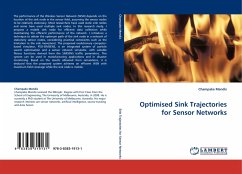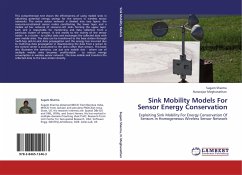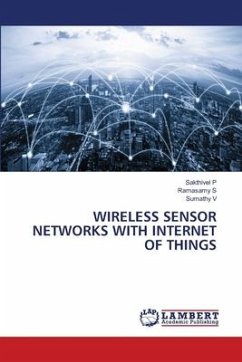The performance of the Wireless Sensor Network (WSN) depends on the location of the sink node in the sensor field, assuming the sensor nodes to be relatively stationary. Most researchers have used static sink nodes and some have used multiple sink nodes. In this research study, I propose a mobile sink node for efficient data collection while maintaining the efficient performance of the network. I introduce a technique to obtain the optimum path of the sink node in a network of stationery sensor nodes, considering practical constraints such as the limitation in the sink movement. The proposed evolutionary computer-based simulator, PSO-SIMSENS, is an integrated system of particle swarm optimisation and a sensor network simulator, with suitable fitness functions derived from the SIMSENS traffic parameters. This system can be used in manufacturing applications and in disaster monitoring. Based on the results obtained from simulations, it is deduced that the proposed system achieves an efficient WSN with maximum field coverage while the sink node is mobile.
Bitte wählen Sie Ihr Anliegen aus.
Rechnungen
Retourenschein anfordern
Bestellstatus
Storno








